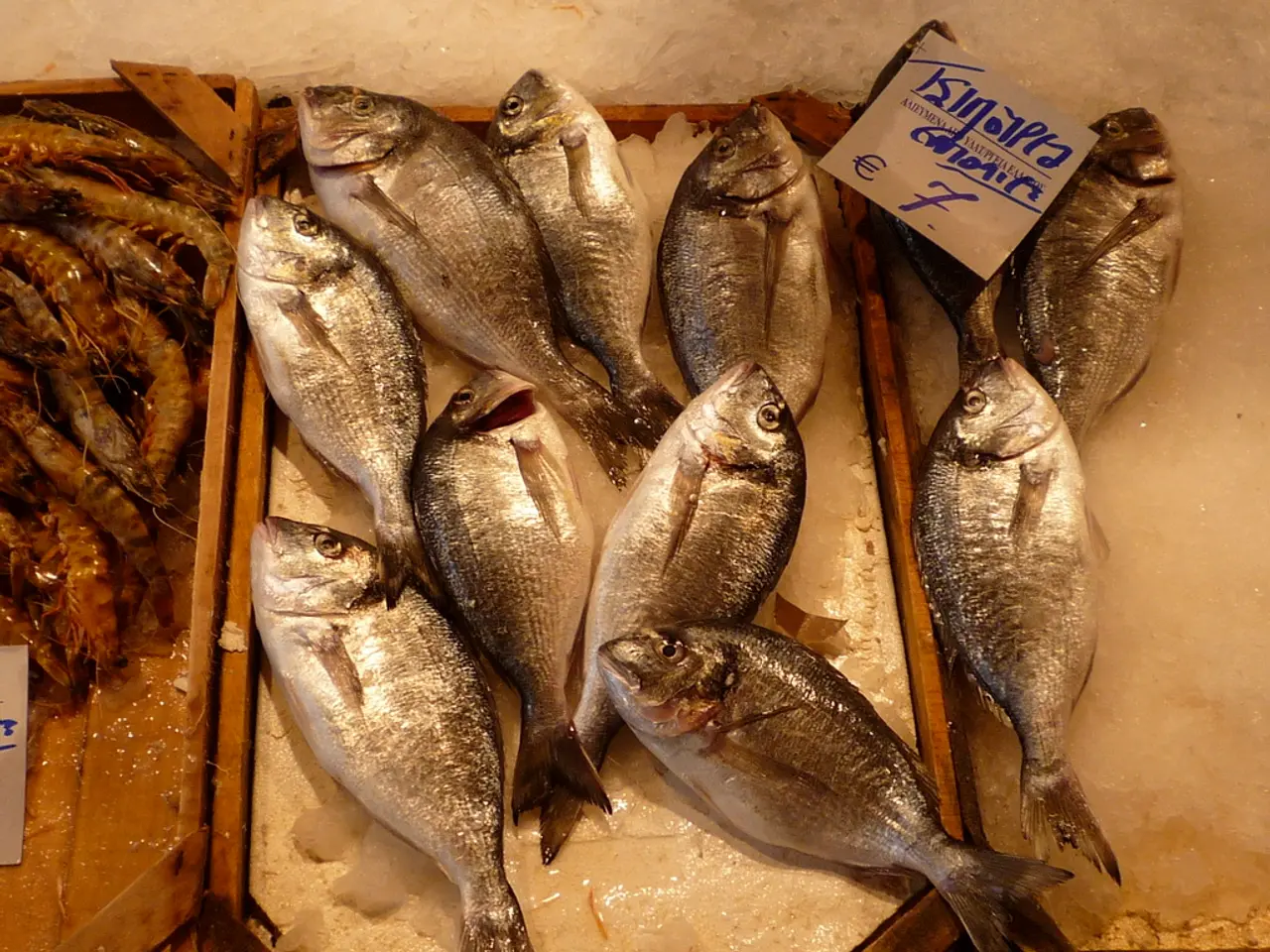India's Shrimp Farming Boom Transforms Coastlines, Creates New Opportunities
Shrimp farming is thriving in India, transforming coastal regions and creating new opportunities. With high demand from foreign markets, the industry is set for significant growth, especially in the blue economy.
Ideal farming conditions include water temperatures between 26°C and 32°C and salinity levels between 10 and 25 ppt. Choosing the right location is crucial, considering proximity to water, road access, electricity, security, and labor availability. Currently, only about 1.2 lakh hectares of the potential 11.91 lakh hectares of brackish water land are used for shrimp farming.
Two popular species in India are Tiger prawn (Penaeus monodon) and Indian white prawn (Penaeus indicus), known for their rapid growth and high market value. Good quality post-larvae (PL 15 to PL 20) shrimp should be selected from reputable hatcheries for stocking. Soil quality is also vital, with clay or loam soil and healthy pH levels being ideal. Stocking densities vary with the system employed, ranging from 10 to 50 shrimp per square meter.
Shrimp farming can be a game-changer for Indian farmers, lifting them out of poverty and providing a better life for their families. With the right conditions, location, and practices, this industry can significantly contribute to India's blue economy growth.






